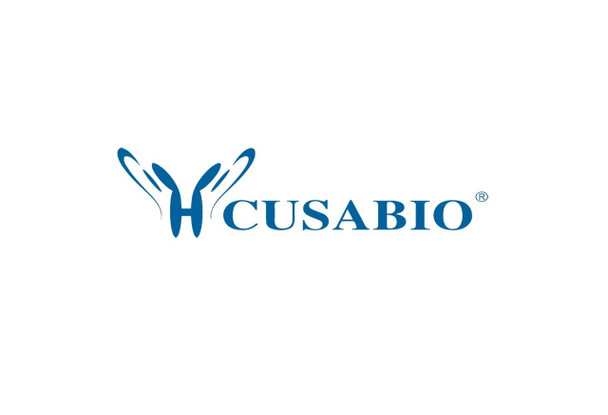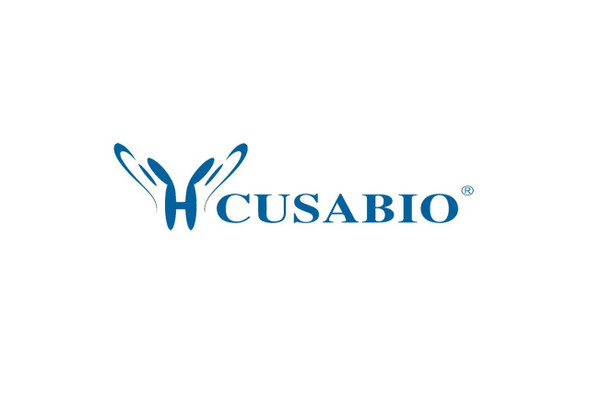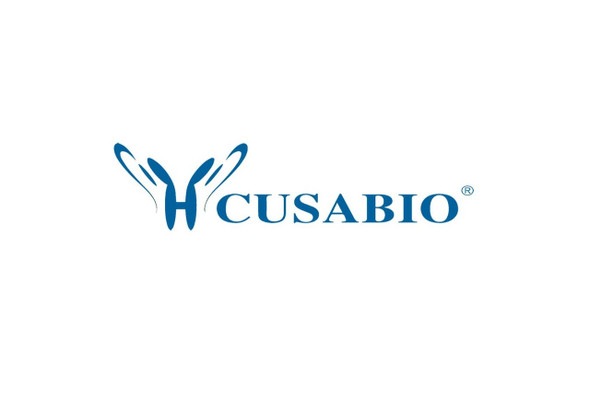Cusabio Human Recombinants
Recombinant Human Src kinase-associated phosphoprotein 1 (SKAP1) | CSB-EP769799HU
- SKU:
- CSB-EP769799HU
- Availability:
- 13 - 23 Working Days
Description
Recombinant Human Src kinase-associated phosphoprotein 1 (SKAP1) | CSB-EP769799HU | Cusabio
Alternative Name(s): Src family-associated phosphoprotein 1Src kinase-associated phosphoprotein of 55KDA ;SKAP-55 ;pp55
Gene Names: SKAP1
Research Areas: Immunology
Organism: Homo sapiens (Human)
AA Sequence: MQAAALPEEIRWLLEDAEEFLAEGLRNENLSAVARDHRDHILRGFQQIKARYYWDFQPQGGDIGQDSSDDNHSGTLGLSLTSDAPFLSDYQDEGMEDIVKGAQELDNVIKQGYLEKKSKDHSFFGSEWQKRWCVVSRGLFYYYANEKSKQPKGTFLIKGYGVRMAPHLRRDSKKESCFELTSQDRRSYEFTATSPAEARDWVDQISFLLKDLSSLTIPYEEDEEEEEKEETYDDIDGFDSPSCGSQCRPTILPGSVGIKEPTEEKEEEDIYEVLPDEEHDLEEDESGTRRKGVDYASYYQGLWDCHGDQPDELSFQRGDLIRILSKEYNMYGWWVGELNSLVGIVPKEYLTTAFEVEE
Source: E.coli
Tag Info: N-terminal 6xHis-SUMO-tagged
Expression Region: 1-358aa
Sequence Info: Full Length
MW: 57.3 kDa
Purity: Greater than 90% as determined by SDS-PAGE.
Relevance: Positively regulates T-cell receptor signaling by enhancing the MAP kinase pathway. Required for optimal conjugation between T-cells and antigen-presenting cells by promoting the clustering of integrin ITGAL on the surface of T-cells. May be involved in high affinity immunoglobulin epsilon receptor signaling in mast cells.
Reference: DNA sequence of human chromosome 17 and analysis of rearrangement in the human lineage.Zody M.C., Garber M., Adams D.J., Sharpe T., Harrow J., Lupski J.R., Nicholson C., Searle S.M., Wilming L., Young S.K., Abouelleil A., Allen N.R., Bi W., Bloom T., Borowsky M.L., Bugalter B.E., Butler J., Chang J.L. , Chen C.-K., Cook A., Corum B., Cuomo C.A., de Jong P.J., DeCaprio D., Dewar K., FitzGerald M., Gilbert J., Gibson R., Gnerre S., Goldstein S., Grafham D.V., Grocock R., Hafez N., Hagopian D.S., Hart E., Norman C.H., Humphray S., Jaffe D.B., Jones M., Kamal M., Khodiyar V.K., LaButti K., Laird G., Lehoczky J., Liu X., Lokyitsang T., Loveland J., Lui A., Macdonald P., Major J.E., Matthews L., Mauceli E., McCarroll S.A., Mihalev A.H., Mudge J., Nguyen C., Nicol R., O'Leary S.B., Osoegawa K., Schwartz D.C., Shaw-Smith C., Stankiewicz P., Steward C., Swarbreck D., Venkataraman V., Whittaker C.A., Yang X., Zimmer A.R., Bradley A., Hubbard T., Birren B.W., Rogers J., Lander E.S., Nusbaum C.Nature 440:1045-1049(2006)
Storage: The shelf life is related to many factors, storage state, buffer ingredients, storage temperature and the stability of the protein itself. Generally, the shelf life of liquid form is 6 months at -20?/-80?. The shelf life of lyophilized form is 12 months at -20?/-80?.
Notes: Repeated freezing and thawing is not recommended. Store working aliquots at 4? for up to one week.
Function: Positively regulates T-cell receptor signaling by enhancing the MAP kinase pathway. Required for optimal conjugation between T-cells and antigen-presenting cells by promoting the clustering of integrin ITGAL on the surface of T-cells. May be involved in high affinity immunoglobulin epsilon receptor signaling in mast cells.
Involvement in disease:
Subcellular Location: Cytoplasm, Nucleus, Cell membrane
Protein Families: SKAP family
Tissue Specificity: Highly expressed in thymocytes and peripheral blood lymphocytes. Also expressed in spleen cells and testis. Present in T-cells (at protein level).
Paythway: Rap1signalingpathway
Form: Liquid or Lyophilized powder
Buffer: If the delivery form is liquid, the default storage buffer is Tris/PBS-based buffer, 5%-50% glycerol. If the delivery form is lyophilized powder, the buffer before lyophilization is Tris/PBS-based buffer, 6% Trehalose, pH 8.0.
Reconstitution: We recommend that this vial be briefly centrifuged prior to opening to bring the contents to the bottom. Please reconstitute protein in deionized sterile water to a concentration of 0.1-1.0 mg/mL.We recommend to add 5-50% of glycerol (final concentration) and aliquot for long-term storage at -20?/-80?. Our default final concentration of glycerol is 50%. Customers could use it as reference.
Uniprot ID: Q86WV1
HGNC Database Link: HGNC
UniGene Database Link: UniGene
KEGG Database Link: KEGG
STRING Database Link: STRING
OMIM Database Link: OMIM









